Curtaining up on productivity boosting
December 10, 2018 4:16 pm
In today’s increasingly competitive market, software designers must push past conventional ways of working to think outside the box. Here, is a technological analysis on AI, AR and AM and what it will mean for the future of business, societies and for us as individuals and workers
Machine learning has already changed the way we work and process information in the modern business environment. It has helped us become more efficient—make smarter decisions—and target customers better than ever before.
Augmented Reality (AR) stands to benefit all
Augmented Reality (AR) is one of the new age technologies that at first seems to have more to do with flair versus substance, but in reality, it’s starting to change the way companies design, manufacture, sell, and support products. OEMs and suppliers can achieve agility of rate with future factory technology.
Shree Harsha, Business Consulting Director, Transportation & Mobility, Dassault Systèmes says, “There are a number of ways AR can benefit engineering and manufacturing workflows, especially, its ability to easily showcase pertinent data or 3D models within the context of a physical environment.” Being able to evaluate a potential design as part of a realistic environment provides a better sense of scale and accuracy compared to 3D models or even partial-size physical prototypes—an advantage that leads to faster iterations, fewer late-stage design changes, and accelerates overall time to market. “If a picture is worth a thousand words, imagine what an immersive experience can do to help customers get a sense of a custom-configured product prior to its actual production,” adds Harsha.
Augmented Reality is a very experimental technology and is being vividly used for immersive experiences mostly in gaming and entertainment. Maulik Patel, Executive Director, SLTL Group says, “Technology has no boundaries, when it comes to imagination, we have already started to explore and understand the technology in detail. Maybe in forthcoming years, it finds its use as a tool to spread awareness for tech enthusiasts and common people. In the future, I believe it could find use in designing the product. Anything beyond this would be just speculating.”
AR has already marked the beginning of a new era of visually-immersive technologies and is going to be an important milestone in the digitalisation of the construction industry.
Harsh Pareek, Regional Sales Director, Trimble India & SAARC Region says, “Trimble Connect for Hololens utilises mixed reality for project coordination by providing precise alignment of holographic data on the construction site or in the factory, enabling workers to review their Tekla models overlaid in the context of the physical environment.”
Reduction in project cost by preventing costly fixes later and timely completion of projects will be the visible effects of AR. But above all, AR will bring in a lot of transparency among the stakeholders involved in the project lifecycle, simply by making everyone more aware and visually better informed.
Artificial Intelligence will become our inventor
In industries such as automotive, mining, oil & gas, and agriculture, companies are taking their first steps into the AI world in a variety of different ways. Some are experimenting with use of technologies that can parse historical exploration data to find likely targets for future drilling, while others are investing in machine learning for process performance prediction and preventative maintenance.
Harsha says, “Dassault Systemes’ 3D EXPERIENCE platform is revolutionising the industry world over. It can drive operations today and enable companies to answer ‘what-if’ scenarios based on data from operations, geology and the market.”
With AI and machine learning, it becomes the job of the machine to notify and eliminate reoccurring previous errors. Also, AI provides intuitive operational suggestions to make the process fast and easy. On the other side, AI will help in smartly connecting and interacting with several productivity tools/devices for smart processing. The AI will be a gradual inventor for next level manufacturing. Patel of SLTL Group says, “Already, we as a company have started integrating AI into our products as a part of the strategy to amplify Industry 4.0 in our portfolio of products.”
A few industries are starting to realising the true potential of AI already. Pareek of Trimble India & SAARC Region says, “To be able to build the next generation cities, the construction industry needs robust automation of building assets through an IoT-enabled system of connected sensors that allow construction workers, machinery and materials to ‘talk’ to a central data platform which will capture critical performance parameters, which in turn will allow for faster, safer and better quality construction.”
Embedded sensors and connected devices in construction equipment and the intelligence derived from these devices has already been successfully deployed for creating intelligent and green buildings, and has also led to detection of abnormal patterns in structures early in the process.
Additive Manufacturing is now for production
The scope of AM is now expanding beyond rapid prototyping into industrial applications of both tool-product and direct-part production. In India, majority of small and medium sized organisations have limited access to printers. On the contrary, there has been a surge in OEMs and start-ups are exploring 3D Printing and trying to leverage this to their business advantage. This has led to the introduction of multiple variants
of 3D Printing processes with new and improved technologies. Some large OEMs even have in-house 3D printers, but face the real dilemma when they require access to external ones to test or compare newer processes.
Shree Harsha of Dassault Systèmes says, “To meet this requirement, Dassault Systemes has extended its platform to a 3DEXPERIENCE Marketplace- connecting Indian companies (OEMs, SMEs or start-ups) who are wishful for the adoption of this technology with industrial services providers, leading to online collaboration and faster innovation. Redesigning parts, assembling them and a systematic exploration of the printing process parameters – has never been this easy, that too with an assurance of durability and high quality of parts.”
Additive Manufacturing is the next big thing in the future. This technology gives the power of manufacturing in the hands of people just like you and me. On a small scale, people could just stand across a kiosk, enter some commands and the machine will make the products instantly for them. Patel says, “For manufacturing, AM technology is comparatively very fast in comparison to conventional methods as it requires far less tooling and little or no manpower.” Though the technology is still under development and it is a little long way until industry makes a way for additive manufacturing considering current setup.
Generative design magnifies imagination and speed invention
Using AI software and the compute power of the cloud, generative design enables engineers to create thousands of design options by simply defining their design problem. Harsha says, “Function driven generative design enables non-specialists to automatically generate optimised conceptual parts from a functional specification at the push of a button. By varying inputs designers are able to generate multiple variations to compare and analyse.
Generative design is basically iterative design process which works to produce a number of options meeting provided constraints. With generative design concept, the user could change the values of maximal and minimal to widen the possible design options falling under primary constraints. This trim downs manual iteration time and provides with version 1 design possibilities. Patel says, “For primitive design concepts and identical manufacturing, this would work very fine and could provide speed invention. While considering complex design concepts, it still has to be intervened by manual critical thinking.”
Our 3D EXPERIENCE platform is enable companies to answer ‘what-if’ scenarios based on data from operations, geology and the market
Shree Harsha, Business Consulting Director, Transportation & Mobility, Dassault Systèmes
We as a company have started integrating AI into our products as a part of the strategy to amplify Industry 4.0 in our portfolio of products
Maulik Patel, Executive Director, SLTL Group
Trimble Connect for Hololens utilises mixed reality for project coordination
Harsh Pareek, Regional Sales Director, Trimble India & SAARC Region
Cookie Consent
We use cookies to personalize your experience. By continuing to visit this website you agree to our Terms & Conditions, Privacy Policy and Cookie Policy.



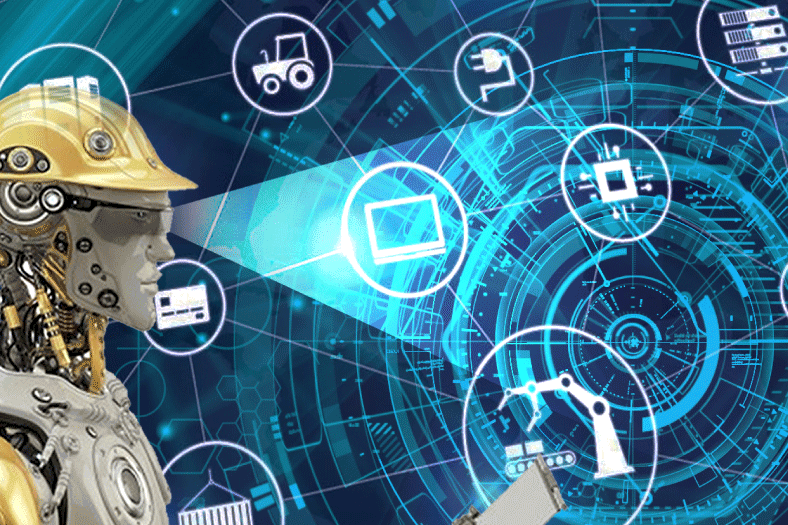
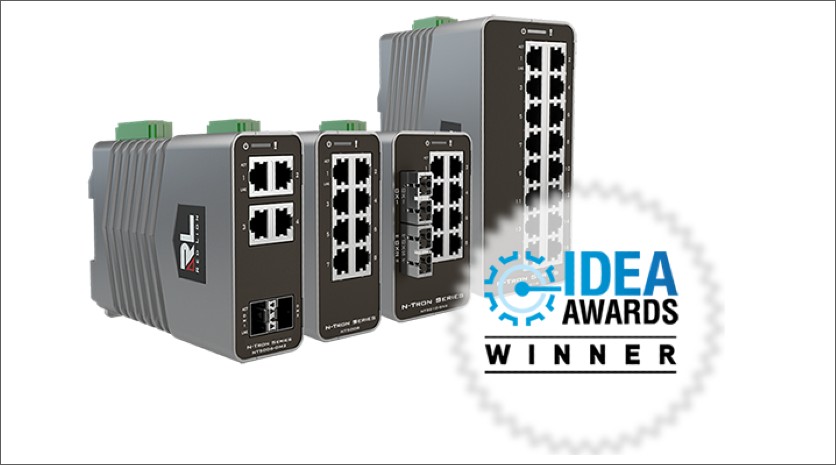
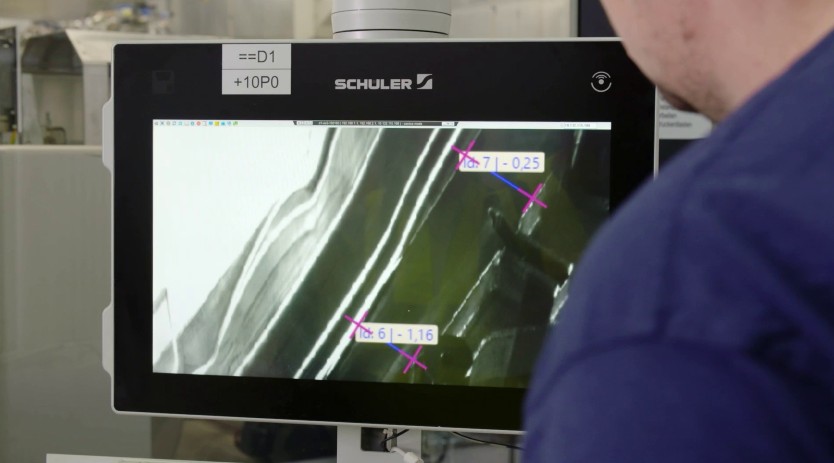
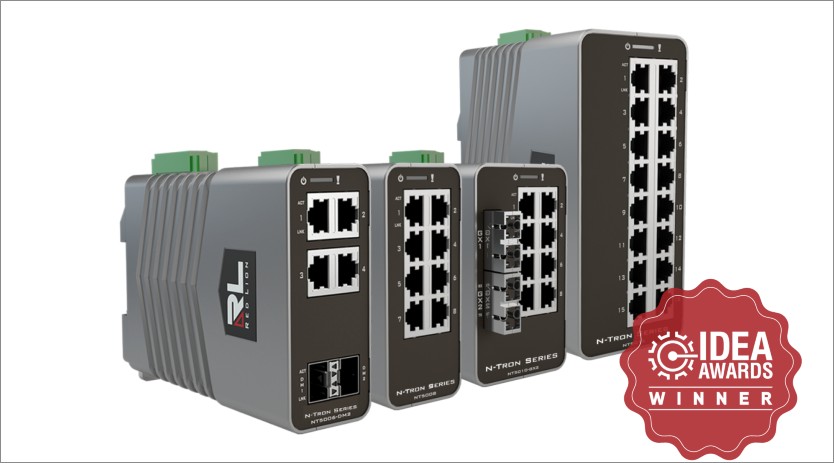

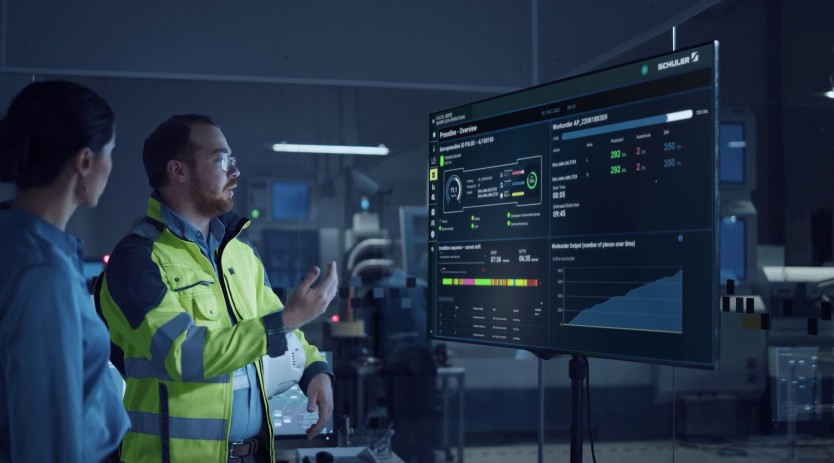
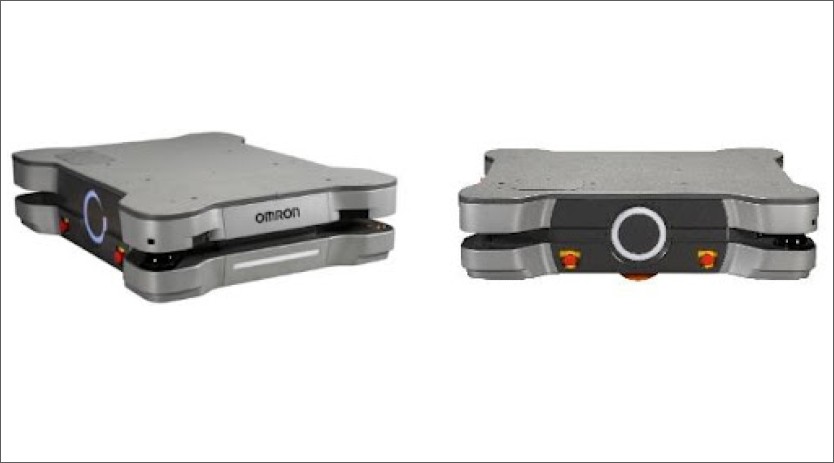
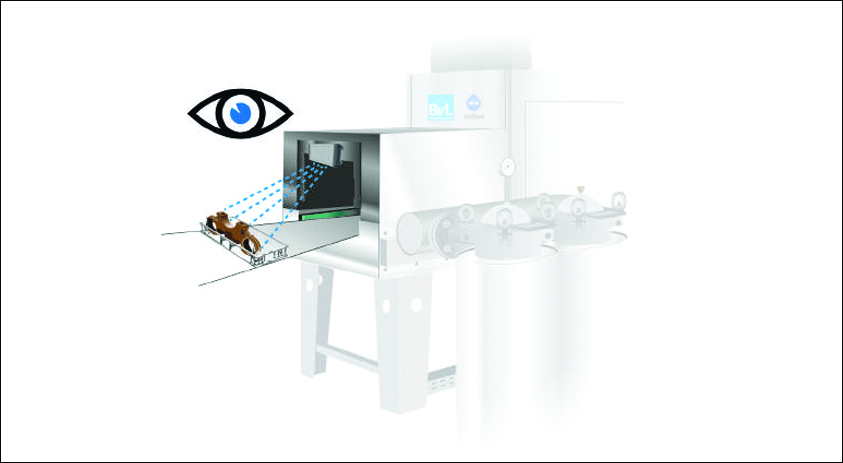








 English
English Hindi
Hindi